Refine search
Actions for selected content:
3390761 results
The Eusebius Essay Prize The World Christianities Essay Prize
-
- Journal:
- The Journal of Ecclesiastical History / Volume 76 / Issue 4 / October 2025
- Published online by Cambridge University Press:
- 23 October 2025, p. 873
- Print publication:
- October 2025
-
- Article
-
- You have access
- HTML
- Export citation

The War on Tenure
-
- Published online:
- 30 September 2025
- Print publication:
- 30 September 2025
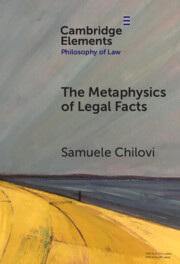
The Metaphysics of Legal Facts
-
- Published online:
- 30 September 2025
- Print publication:
- 30 October 2025
-
- Element
-
- You have access
- Open access
- HTML
- Export citation
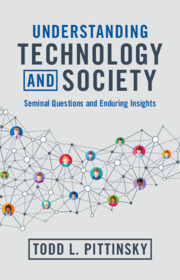
Understanding Technology and Society
- Seminal Questions and Enduring Insights
-
- Published online:
- 30 September 2025
- Print publication:
- 10 July 2025

Evolutionary Selection and Keynes–Schumpeter Macroeconomics
-
- Published online:
- 30 September 2025
- Print publication:
- 16 October 2025
-
- Element
-
- You have access
- Open access
- HTML
- Export citation

My Own Past
- Afrodescendant Contributions to Cuban Art
-
- Published online:
- 30 September 2025
- Print publication:
- 18 September 2025

English Madrigals on the Jesuit Stage
- Musical Theatre of Martyrdom at the Venerable English College, Rome
-
- Published online:
- 30 September 2025
- Print publication:
- 30 October 2025
-
- Element
- Export citation
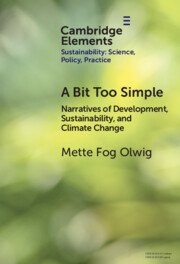
A Bit Too Simple
- Narratives of Development, Sustainability and Climate Change
-
- Published online:
- 30 September 2025
- Print publication:
- 30 October 2025
-
- Element
-
- You have access
- Open access
- HTML
- Export citation
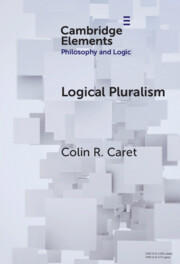
Logical Pluralism
-
- Published online:
- 30 September 2025
- Print publication:
- 23 October 2025
-
- Element
- Export citation
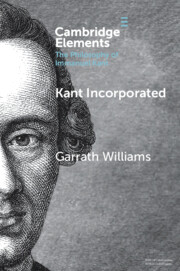
Kant Incorporated
-
- Published online:
- 30 September 2025
- Print publication:
- 30 October 2025
-
- Element
-
- You have access
- Open access
- HTML
- Export citation

Cardiac Disease in Pregnancy
-
- Published online:
- 30 September 2025
- Print publication:
- 01 May 2027
-
- Element
- Export citation
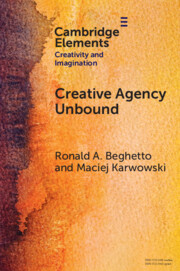
Creative Agency Unbound
-
- Published online:
- 30 September 2025
- Print publication:
- 23 October 2025
-
- Element
- Export citation
24 - Tenure 2.0
- from Part Four - Tenured-Terminations
-
- Book:
- The War on Tenure
- Published online:
- 30 September 2025
- Print publication:
- 30 September 2025, pp 201-213
-
- Chapter
- Export citation
Picky elements, subnormalisers, and character correspondences
- Part of
-
- Journal:
- Forum of Mathematics, Sigma / Volume 13 / 2025
- Published online by Cambridge University Press:
- 30 September 2025, e161
-
- Article
-
- You have access
- Open access
- HTML
- Export citation
Bringing Capital Back In: The Industrial Revolution and the Crisis of Slavery in the British Empire
-
- Journal:
- Itinerario , First View
- Published online by Cambridge University Press:
- 30 September 2025, pp. 1-20
-
- Article
-
- You have access
- Open access
- HTML
- Export citation
Postnatal short-term outcomes of pulmonary atresia with ventricular septal defect following prenatal diagnosis: a preliminary Vietnamese report
-
- Journal:
- Cardiology in the Young , First View
- Published online by Cambridge University Press:
- 30 September 2025, pp. 1-5
-
- Article
-
- You have access
- Open access
- HTML
- Export citation
Gravitational microlensing of the Galactic Centre γ-ray excess: A new test for point-like or extended emission?
-
- Journal:
- Publications of the Astronomical Society of Australia / Volume 42 / 2025
- Published online by Cambridge University Press:
- 30 September 2025, e126
-
- Article
-
- You have access
- Open access
- HTML
- Export citation
The Political Engagement of Political Scientists: Partisans, Public Scholars, and Teachers/Pedagogues
-
- Journal:
- PS: Political Science & Politics , First View
- Published online by Cambridge University Press:
- 30 September 2025, pp. 1-9
-
- Article
-
- You have access
- Open access
- HTML
- Export citation
The Regia Nave Italia: Race, Migration and Fascist Colonial Diplomacy in Latin America, 1922–24
-
- Journal:
- Contemporary European History , First View
- Published online by Cambridge University Press:
- 30 September 2025, pp. 1-23
-
- Article
-
- You have access
- Open access
- HTML
- Export citation
Notes on Contributors
-
- Journal:
- Twentieth-Century Music / Volume 22 / Issue 3 / October 2025
- Published online by Cambridge University Press:
- 30 September 2025, pp. 297-298
-
- Article
- Export citation



